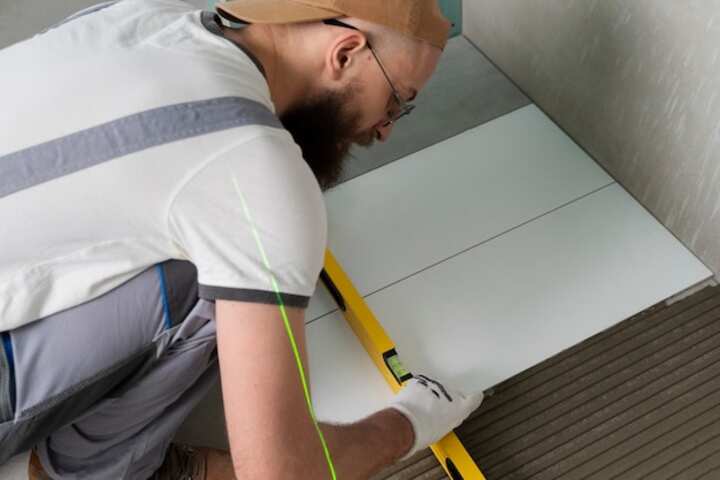
Expert Backflow Testing & Prevention Services
Backflow testing and prevention services are critical components of maintaining a safe and efficient plumbing system. Backflow occurs when contaminated water flows backward into clean water supplies, posing significant health risks. It is essential to regularly test and maintain backflow prevention devices to ensure they are functioning correctly. This article discusses the importance of backflow testing, prevention methods, and how professional services can help maintain a safe water supply.
Understanding Backflow and Its Risks
What is Backflow?
Backflow is the unwanted reversal of water flow in a plumbing system. This phenomenon can lead to contamination of potable water with pollutants from various sources. Backflow typically occurs when there is a sudden drop in water pressure, causing water to flow in the opposite direction.
Risks Associated with Backflow
The primary risk associated with backflow is the potential contamination of drinking water supplies with hazardous substances. These can include:
- Chemicals from industrial processes
- Pesticides from agricultural areas
- Bacteria and pathogens from sewage systems
- Heavy metals from corroded pipes
Contaminated water can lead to serious health issues, making backflow prevention a critical aspect of public health and safety.
The Importance of Backflow Testing
Regular backflow testing is crucial for ensuring that backflow prevention devices are functioning as intended. These devices, such as reduced pressure zone (RPZ) assemblies and double check valves, need to be tested annually to comply with local regulations and to ensure the safety of water supplies.
Benefits of Regular Testing
Conducting regular backflow tests provides several benefits:
- Ensures compliance with local and national plumbing codes
- Prevents potential health hazards by ensuring clean water supply
- Identifies issues early before they lead to costly repairs or replacements
- Provides peace of mind knowing that the plumbing system is operating safely
Learn more in this detailed guide about the importance of regular backflow testing: Read more about this topic.
Backflow Prevention Methods
Types of Backflow Prevention Devices
Various devices are used to prevent backflow, each suitable for different scenarios and plumbing systems:
- Air Gap: A simple yet effective method where a physical gap is maintained between the water supply and any potential source of contamination.
- Double Check Valve Assembly: Utilized in low hazard situations, this device prevents backflow by using two check valves in series.
- Reduced Pressure Zone Assembly: Ideal for high hazard situations, this device provides a higher level of protection by using a relief valve.
- Pressure Vacuum Breaker: Commonly used in irrigation systems, it prevents back-siphonage by creating a barrier to reverse flow.
Find additional information here on different types of backflow prevention devices: Explore further insights here.
Installation and Maintenance
Proper installation and maintenance of backflow prevention devices are crucial for their effectiveness. Professional services ensure that these devices are correctly installed and regularly inspected to maintain optimal functionality. Regular maintenance includes:
- Visual inspections for signs of wear or damage
- Testing to ensure device performance and compliance
- Prompt repairs or replacements if issues are detected
Explore further insights here on how professional services can help: Learn more in this detailed guide.
Conclusion
Backflow testing and prevention are essential for safeguarding water quality and public health. Regular testing, proper installation, and effective maintenance of backflow prevention devices can prevent water contamination and ensure compliance with health and safety standards. Whether for residential or commercial properties, engaging professional services is vital for effective backflow prevention. For comprehensive information on maintaining a safe plumbing system, find additional information here.